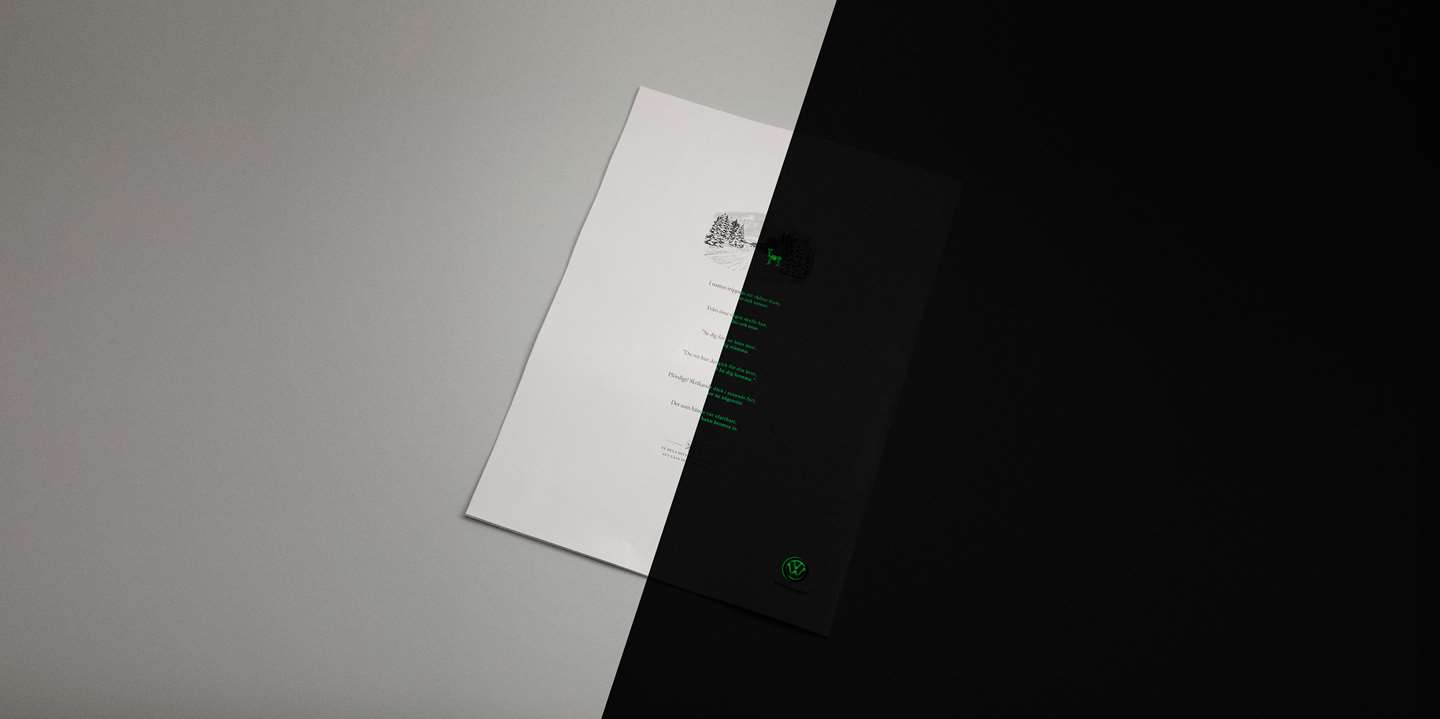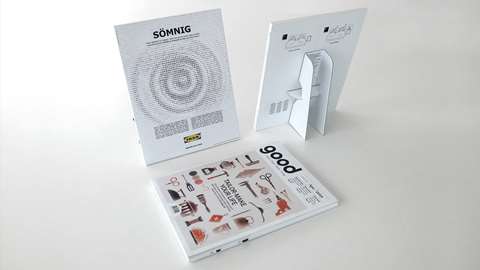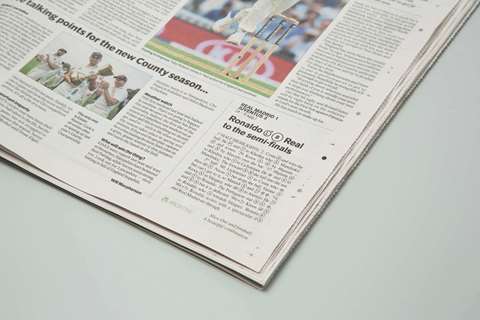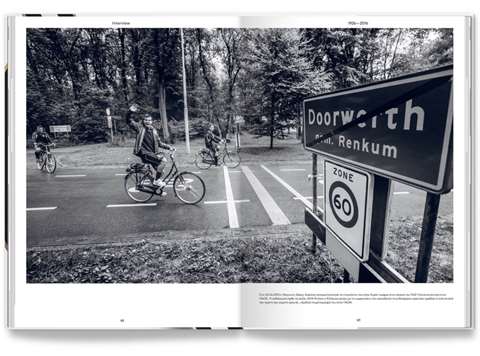The power of print at a glance
- The juxtaposition of traditional communications with cutting-edge technology creates a compelling method of telling a story
- In evoking tactile childhood nostalgia in an adult market, an emotional impression is founded
- New light-sensitive inks offer fresh creative possibilities, and enhance the element of surprise
The figures tell a terrifying tale: that unlit rural roads are dangerous places for Swedish wildlife. In 2017 alone, there were more than 60,000 accidents involving animals – with more than a few human casualties, too.
So, when NORD DDB was tasked with promoting the new Night Vision feature for the VW Touareg – a thermal imaging camera designed to detect persons and animals on the road – it decided to shine a light on fauna’s plight, using a highly unusual approach.
“Car advertising can be pretty calculated and on-the-nose,” says Anton Bolin, the project’s art director. “We wanted to give Swedes a warmer, more human message – particularly over the festive season. And the idea of contrasting talk of cutting-edge tech with an old-school Swedish bedtime story felt refreshingly original.”
The resulting bittersweet children’s tale was published on the back page of the financial paper Dagens Industri Weekend. The ad is all text, save for a small illustration, and tells the story of a lonely deer who wanders perilously close to the road.
It’s hardly Hans Christian Andersen, but there is one fantastical flourish worth noting. Read the story in daylight and our doe-eyed protagonist meets an unfortunate, all-too-familiar end. Read it under cover of darkness, though, and you’re treated to a happier outcome – in glow-in-the-dark text.
For VW’s execution to shine through, both in the dark and in a crowded media landscape, the ad was printed using two layers of ink: a traditional one for daylight, and a fluorescent one for night.





